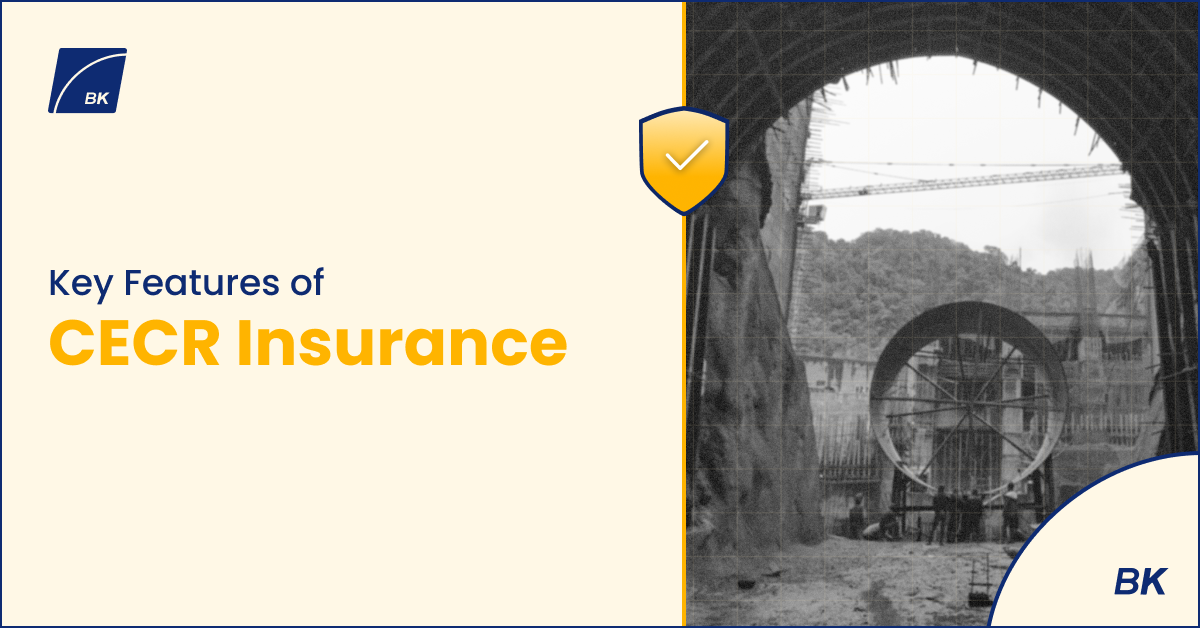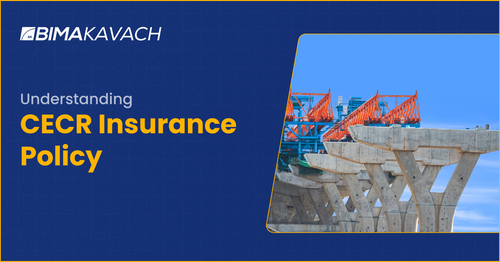Insurance policies play a crucial role in mitigating risks and protecting assets. One such policy gaining popularity in the insurance market is the Completed Civil Engineering Risks (CECR) policy. Although this policy has been around for decades, it was rarely used until recently. In this article, we will delve deeper into what CECR insurance covers, why it has become more popular now, and its key features and exclusions.
What Does CECR Insurance Cover?
The CECR insurance policy is designed to cover completed heavy civil engineering works that have been erected or constructed after a certain period. These include various structures such as bridges, dry docks, harbors, jetties, railway lines, rock-filled dams, canals, irrigation systems tunnels, water reservoirs, airport runways and even water pipelines.
It's important to note that while road construction was not initially included under this policy when it was first introduced years ago, nowadays nearly 90% of these policies are written for roads due to high demand.
Get Free Quote in Minutes

Key Features of CECR Insurance:
One of the main reasons behind the increased popularity of CECR insurance lies in its wider coverage compared to standard fire policies. While most perils covered by fire policies are also included in CECR insurance (except those highlighted below), there are three significant additional perils covered exclusively by CECR:
1. Impact damage by railroads or vehicles: This peril includes damages caused by trains or vehicles colliding with bridges or other civil engineering structures.
2. Wave action of water: Unlike standard fire policies, wave action on bridges caused by continuous waves can lead to collapse or damage - making this peril vital for coastal areas.
3. Frost/avalanche/ice: Damage caused by avalanches affecting constructed structures like roads in hilly terrains falls under the scope of coverage provided by a CECR policy.
These additional perils make CECR insurance a comprehensive choice for civil engineering projects, offering broader coverage than standard fire policies.
Why the Increased Popularity?
Historically, one of the reasons CECR insurance was not widely used was due to its higher rates compared to standard fire policies. However, recent changes in regulations have made this policy more attractive for contractors and project owners. The absence of minimum flux rate requirements allows insurers to offer significant discounts on basic tariff rates, making it a competitive option.
It's important to note that although CECR policies now fall under the purview of IIB (Indian Insurance Bureau) rating guidelines, allowing greater competitiveness through discounting basic rates, their capacity is still limited as they are categorized under engineering treaties rather than fire treaties - which typically have lower treaty limits in most insurance companies.
Exclusions and Basis of Indemnity:
Like any insurance policy, CECR policies also come with certain exclusions that limit coverage. Some notable exclusions include damage caused by nuclear weapons or material, war-related activities like invasion or civil commotion, willful acts or negligence on the part of the insured party,
Additionally, CECR policies do not cover losses substantially aggravated by inherent defects in construction or damages resulting from wear and tear over time. Expansion or contraction due to temperature fluctuations is also excluded from coverage. Basis of indemnity refers to how claims are settled under an insurance policy. In CECR policies specifically, the insurer pays either:
1. The value of the property at the time it was destroyed.
2. The cost required for reinstating/repairing/replacing damaged parts as long as it does not exceed the total sum insured for the property.
The maximum liability cannot surpass what has been agreed upon during policy issuance.
Add-On Coverages:
CECR policies can be enhanced with add-on coverages like clearance and removal of debris. Unlike standard fire policies, this add-on coverage requires the payment of an additional premium.

